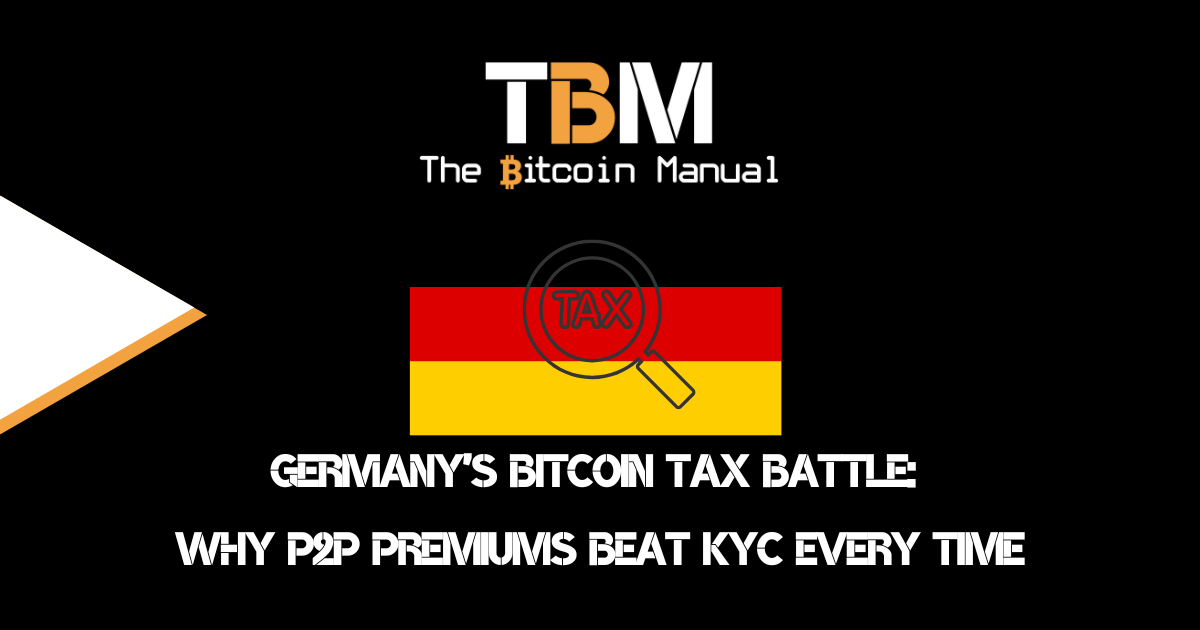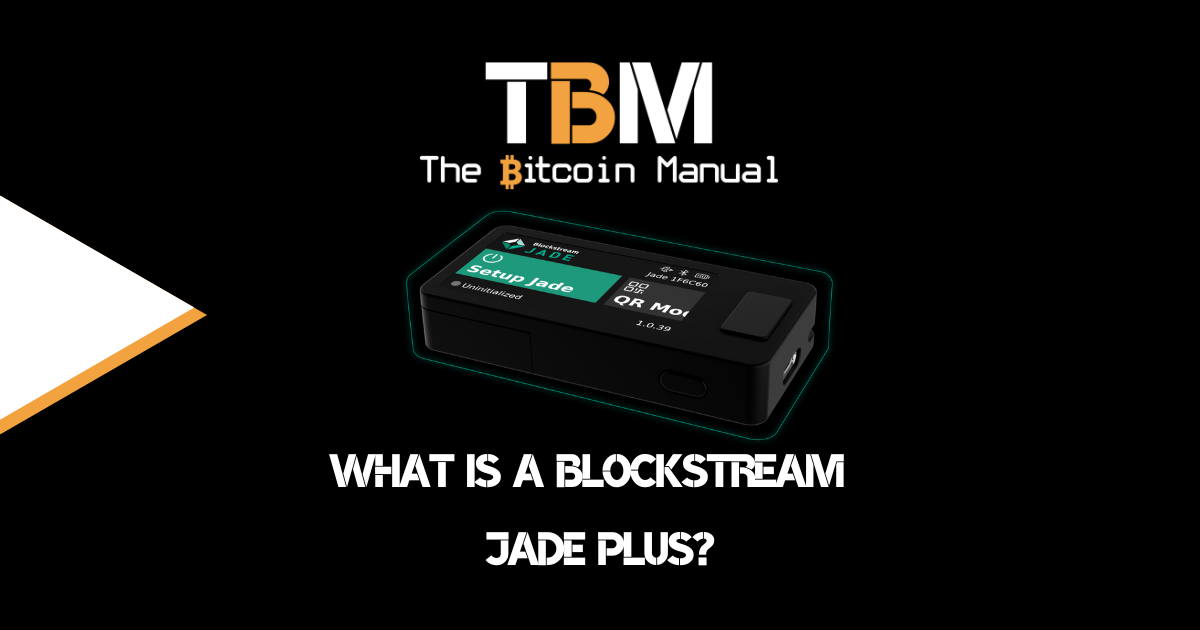Taproot assets have been out for some time; Lightning Labs rolled it out in July 2024, but the uptake has been less than stellar. Apart from Nostr assets, which have gone radio silent, I have yet to see anyone openly speaking about using the protocol.
A protocol that allows you to create third-party assets as tokens on Lightning is hardly appealing to the average maxi or Bitcoin-only business. For Taproot assets to get any traction, it needed an asset with an already established network to come along and support the protocol, or it would be relegated to the recesses of money, a fully cobwebbed GitHub repo.
Thankfully for Lightning Labs, Tether are willing to put USDT on anything that can settle their transactions if you can prove that moving USDT via Raven was worth a few million, you can be sure green Ravens would be flapping around with the Tether logo.
Announcement during their fireside chat at the first-ever Plan ₿ Forum in El Salvador Tether (USDT) will be the first major asset outside Bitcoin to integrate with the Lightning Network, which is the first significant development in the use of this Taproot Asset protocol and might give you a reason to look at a Taproot Asset Universe.
While this integration promises to enhance transaction speeds and reduce costs for USDT transfers, nothing comes without a trade-off when you move past the marketing speak and jargon.
Tether 🧡 Bitcoin
— Tether (@Tether_to) January 30, 2025
Tether Brings USDt to Bitcoin’s Lightning Network, Ushering in a New Era of Unstoppable Technology
Read more: https://t.co/xJVKLHfht0 pic.twitter.com/PfftiXMLSO
Why Tether on Lightning?
Tether’s first home was the Bitcoin blockchain through the OMNI protocol; then they got evicted because it cost too much for customers to use it and moved on to altcoin chains and has done really well for itself, expanding into a more than 100 billion dollar market with most of their funds issued on Ethereum and TRON.
Tether still has ties to the Bitcoin network; if you’re out sniffing for it, you can get USDT on the Liquid side-chain, but very few people use L-BTC, so the use of L-USDT is even lower.
So why the return on another layer?
Well, because Lightning has had a far better time of adoption, Lightning has more wallet support, more exchange support, and more app support, so Tether has more places to plug into on the premier L2 versus keeping Baby in the confidential transaction corner on the Liquid blockchain.
The bullish case for Tether on Lightning
If Tether on Lightning offers cheap as-chip transactions, it might be a big hit with users of other blockchains, so they might be inclined to move their activity over to Lightning. This could increase the activity and use cases of both LN and Bitcoin networks without requiring a change in the user experience.
As a result, more people would be interested in downloading Lightning wallets and engaging with Lightning-enabled apps and services; who knows, you might even see more nostr use as people flock into use zaps in USD.
Petition to call USD-based zaps and craps; make it official with a NIP!
The bearish case for Tether on Lightning
One of the most pressing issues with this integration is the potential for increased centralising forces of USDT. The Lightning Network, designed as a second-layer solution for Bitcoin, operates on decentralisation principles.
Tether maintains control over USDT issuance and reserves as a company; if they go down, all that data sitting in a Merkle root doesn’t mean diddly squat.
I am not some Tether truther, claiming they’re going to implode any day now, but there is always a non-zero chance that they do, by hook, by crook or by being thrown with the book.
If the worst does happen, you can take your Taproot hash to bankruptcy court. I hope you get something for it, I suppose!
Technical Complexity and Implementation Challenges
The integration of USDT into the Lightning Network significantly increases the technical complexity of the system. Lightning Network’s primary design focused on Bitcoin transactions, and adding stablecoin functionality introduces new layers of complexity:
- Additional smart contract logic is required to handle USDT transactions
- New security considerations for managing wrapped tokens
- Increased complexity in channel management and liquidity
- Potential for new types of technical vulnerabilities
Liquidity Management Issues
Lightning Network channels require pre-funded liquidity to function effectively. With USDT integration, liquidity management becomes more complicated:
- Node operators need to maintain adequate liquidity in both BTC and USDT
- Channel rebalancing becomes more complex with multiple assets
- Potential for increased costs due to dual-asset liquidity requirements
Since I doubt the average USDT user will deal with all the complexities of Lightning, this responsibility will likely fall to LSPs or custodial Lightning services.
Regulatory Uncertainties
We’ve already seen calls by uneducated politicians to KYC Lightning nodes, who tag us humble node runners as illegal money transmitters. If the powers that be are already losing their mind about people running open-source software and transacting with stateless money to send around a few satoshis.
You can only imagine their butthurt when USDT is routing through that same network.
It’s going to go from your value-for-value payments to funding North Korea real quick; I’m calling it now already.
Even if all we’re doing is routing data packets with the transactions happening on fringe nodes, you can be sure some regulatory simpleton is going to try and paint every node with the same brush.
Given the regulatory landscape for both Lightning Network and Tether remains uncertain, and their integration compounds these concerns:
- Questions about regulatory compliance across different jurisdictions
- Potential impact of future stablecoin regulations
- KYC/AML considerations for Lightning Network nodes handling USDT
- Regulatory risks associated with Tether’s backing and reserves
Security Considerations
The integration introduces new security challenges that warrant careful examination, such as how Tether will deal with criminals using USDT on Lightning.
- How do they freeze or blacklist tokens as they do on other chains?
- How can they freeze tokens if they can be swapped instantly for Bitcoin and that Bitcoin can be moved around instantly?
- Will swapping nodes be required to allow lists/whitelists and be OFAC compliant?
- How will Tether and Taproot-compatible wallets avoid issues with faked Taproot tokens issued to scam users?
Network Performance Impact
The addition of USDT transactions to the Lightning Network could affect overall network performance:
- Increased network congestion due to additional transaction types
- Higher computational requirements for nodes
- Potential impact on transaction routing efficiency
- Increased complexity in path-finding algorithms
Trust and Transparency Issues
Tether’s historical controversies regarding reserve transparency create additional concerns:
- Questions about the actual backing of USDT tokens on Lightning Network
- Lack of regular audits and verification mechanisms
- Potential impact on the perceived trustless nature of the Lightning Network: the normie won’t understand the difference between the network and asset and might conflate the two.
Economic Implications
The integration raises several economic considerations:
- Fee structures may become more complex with multiple assets
- Potential for market arbitrage through fast USDT transfers from P2P to exchanges, to other Tether-complatible blockchain networks
- How will Tether Impact on Bitcoin’s role as the primary settlement layer on the LN layer
- Questions about the economic sustainability of running dual-asset Lightning nodes
These are all questions that will be answered as the USDT rollout begins.
User Experience Challenges
If you’ve ever spent time explaining to a fully grown ass adult what Bitcoin and Lightning are, and how it works and got them to set up a wallet, you’ll know how hard it is for the concepts to stick and for them to understand why Bitcoin and Lightning can’t do this or do that.
Why can’t I send an on-chain Bitcoin to a Lightning invoice? Good question.
Now imagine adding the complexity of USDT to the mix!
Users will have a USD balance in their wallet; they have USDT but can’t seem to pay a merchant because they accept TRON.
Now I gotta use a swapping service, and they’re charging me swap fees and on-chain fees? I thought this was the future of finance and cheaper than a visa.
Nah, I’m taking my USD back to Chase Bank and going home!
The counter is probably well; USDT on Lightning is not for Americans with dollar bank accounts; it’s for the poor Africans.
News flash, poor African here!
It’s still going to be complicated for people to understand, and they’re still going to have friction. While Lightning is cheap, hopping out of the ecosystem isn’t, and so it doesn’t solve the issue unless everyone is on Lightning.
Yield on Lightning Talk won’t be too far off
Moving between Bitcoin and USDT is big business; it’s probably one of the biggest trading pairs on most exchanges and generates a fair bit of revenue through trading fees.
You’re now moving that entire market to execute on Lightning. People could trade peer-to-peer, or there would be nodes offering swapping services, and you can be sure the idea of yield farming won’t be too far behind.
I’m already seeing online chatter that this move could set the stage for grifting in decentralised finance (DeFi) on Bitcoin (BTCfi).
Do you remember Ordinals and Runes?
Well, one of their key issues was access to liquidity; with Tether so close by, you can be sure shitcoins, NFTs and stablecoin settlement on Lightning could be turned into a casino opportunity.
You’re a money transmitter, Harry!
I have no problem with people wanting to use Tether if that’s your bag! That relative stability comes at a cost, and if you’re willing to pay it, by all means, it’s your money.
If you wanted to store your wealth in chicken tenders, you can do that too; it doesn’t affect me one bit.
While integrating Tether with the Lightning Network represents the first practical example of how the Lightning Network can be used outside routing Bitcoin. The success of this integration will largely depend on how effectively these concerns are addressed and mitigated over time.
While users should always keep one eye open when they engage with tokenised assets other than Bitcoin, stakeholders (nodes, wallets, and apps)should carefully consider these implications when deciding whether to participate in or build upon this integrated system.
Tether might look attractive to you now, but she might bring some headaches you weren’t prepared for, so plan accordingly.




